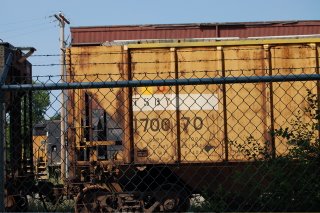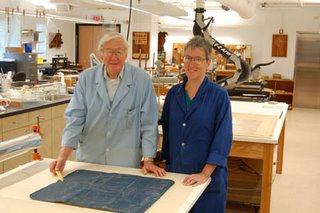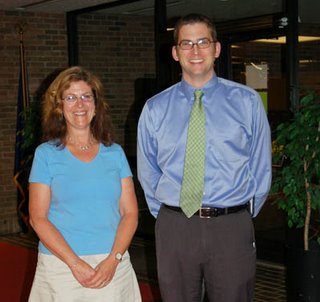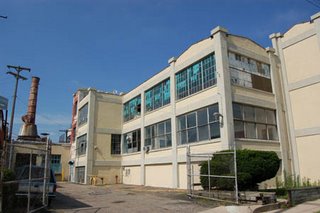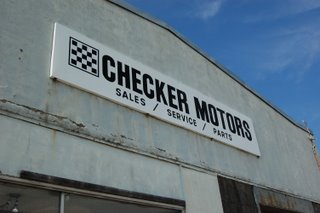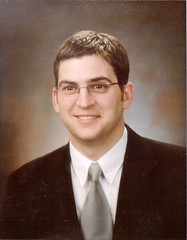
We hear so much about electronic records these days. The speed at which they are created, the variety of formats, and the complications in long-term preservation. These 1's and 0's are the subject of an increasing number of conference sessions, listserv postings and blogs. The recent issue of the American Archivist includes an interesting article by Reagan Moore explaining building preservation environments with data grid technology. The Archives partnered with the San Diego Super Computer Institute along with other states to pilot a preservation environment for Michigan election records. As I prepare to leave tomorrow for the joint SAA/NAGARA/COSA the problems of electronic records hit home.
To the left is a work titled "Singlebing" by Ava Harvey, my 2 1/2 year old daughter. She, with the assistance of my wife (typing e-mail address and saving file), created this on an iMac using the paint program. They converted it to a .pdf and e-mailed it to me. Being an archivist I have a large folder of her artwork. Being largely sentimental, I realized this was now the very first e-mail from my daughter. I flashed forward 50 years imagining a discussion about that very first e-mail--which probably will be obsolete by then.
So what do I do with it? Print it out? Save it as a .tif? The electronic record issue found its way into my own home at last (okay, it was already there with 1,800 plus digital images sitting on my Mac). To me, paper is a comfort. It is a history unto itself. Technology is exciting, especially when we apply it to historic records to create new avenues of access and retrieval. I suppose paper and electronic data will coexist for hundreds of years to come as it is hubris to think one generation will make a medium of the millenniums obsolete. So, what did I do with Singlebing? Kept a copy in my Gmail account, backed a copy up on my external hard drive, copy on my Mac hardrive, and a copy to my Treo phone. Ok, that's overkill, but you cannot overestimate the value of Singlebing!

